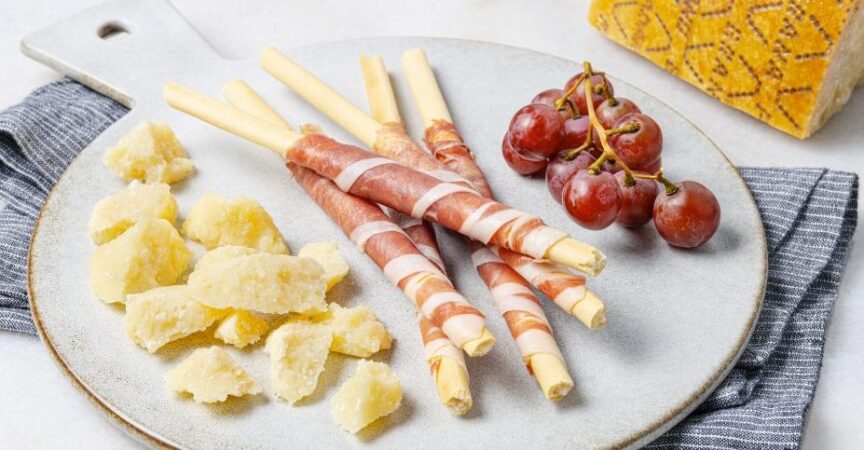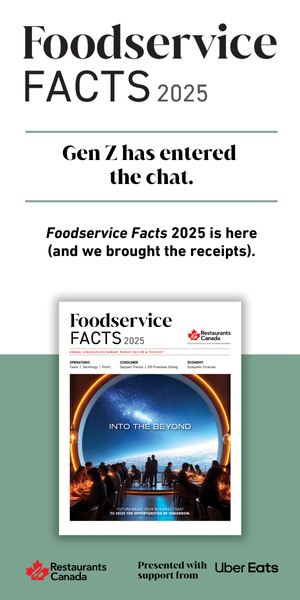Tasting Tradition: The Value Behind Europe’s PDO Certification
Article written by: Distinctly, Deliciously European
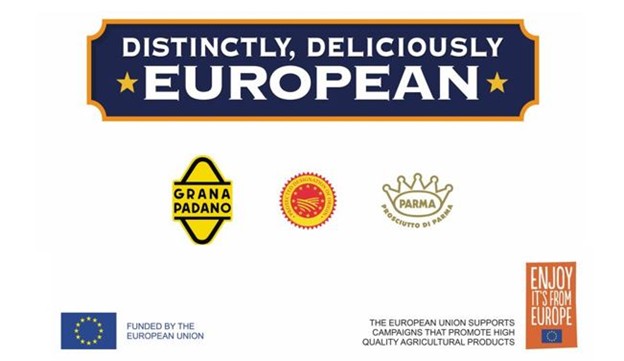
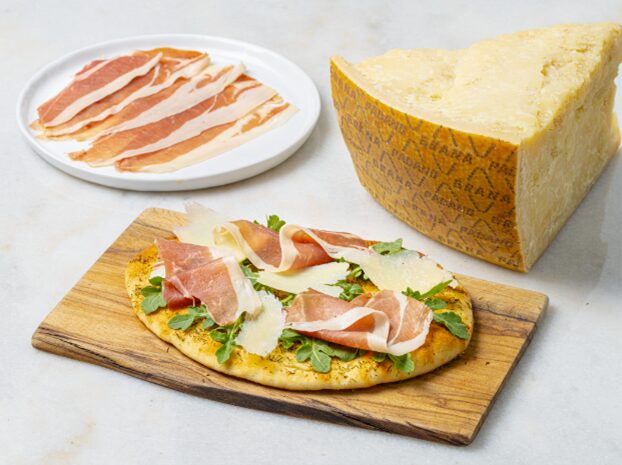
PHOTO CREDIT: Distinctly, Deliciously European
Grana Padano PDO cheese and Prosciutto di Parma PDO stand as icons of European culinary heritage, celebrated globally for their unparalleled quality, authenticity and centuries-old tradition.
Consumers, chefs and restaurateurs are increasingly seeking out premium, origin-certified products. By increasing awareness of the craftsmanship behind the PDO (Protected Designation of Origin) certification, retailers can shape the narrative around quality and translate this knowledge into increased consumer trust, stronger market positioning and sales performance.
PDO: Understanding the Seal of Quality
The PDO certification guarantees quality, authenticity and traceability. This stringent standard ensures that Grana Padano cheese and Prosciutto di Parma are produced within defined geographical areas using traditional methods. Both the Grana Padano and Prosciutto di Parma Protection Consortia oversee every stage of production, upholding strict adherence to these rules while promoting and protecting their unique heritage. The PDO system also provides legal protection for these names, helping consumers easily identify genuine, certified products.
Grana Padano PDO Cheese: A Legacy of Flavour and Authenticity
Marked by authenticity and tradition, Grana Padano’s legacy is as robust as its unmistakable taste:
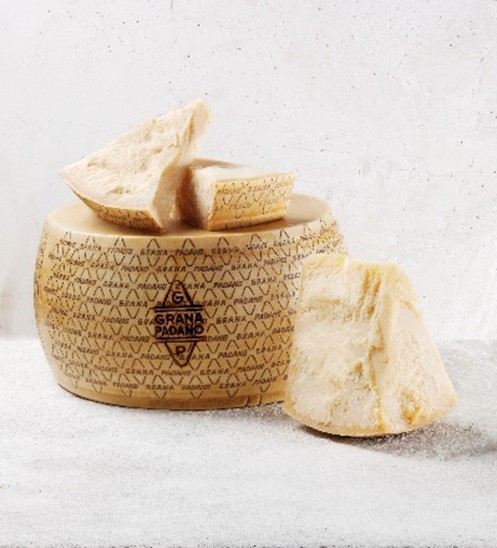
PHOTO CREDIT: Grana Padano Cheese
- Production Method: Crafted from partially skimmed raw cow’s milk from the Po River Valley in Northern Italy, Grana Padano undergoes a meticulous production process that results in a cheese of exceptional character.
- Flavour and Quality: Known for its grainy texture and mellow, savoury flavour, the product can be aged from nine to over 24 months, each stage offering a unique taste, from mild and creamy when young, to nutty and distinctive, yet never overpowering when aged.
- Nutritional Benefits: This cheese is packed with quality proteins, vitamins and minerals, particularly calcium. Its production and aging process also render it naturally lactose-free.
- Authenticity: Look for the rind markings – lozenges with “GRANA” and “PADANO” inscribed. Pre-packaged wedges should feature the yellow Grana Padano and PDO logos.
- Preparation: Serving Grana Padano begins with the right tools. The grater transforms the cheese into a fine powder perfect for finishing dishes, while the “affettagrana” blade slices ultra-thin petals to delicately top a meal. For a cheeseboard, the scagliagrana, a short, teardrop-shaped knife, is essential.
Five Regions, One Protected Craft
Grana Padano dates back nearly 1,000 years to Benedictine monks in Northern Italy. To preserve surplus milk, they created a hard cheese known as “Grana” for its grainy texture. Officially named “Grana Padano” in 1954, the cheese is linked to its production region, the Pianura Padana (Po River Valley). No other type of dairy product can use the term “grana,” which is why the name of this European cheese should always be given in full: Grana Padano. Grana Padano is produced across five Italian regions and 13 provinces, and all producers have to comply with a strict set of production specifications.
Prosciutto di Parma PDO: The Art of Curing, Perfected by Time
Representing the gold standard of European craftsmanship, Prosciutto di Parma brings the PDO philosophy to life:
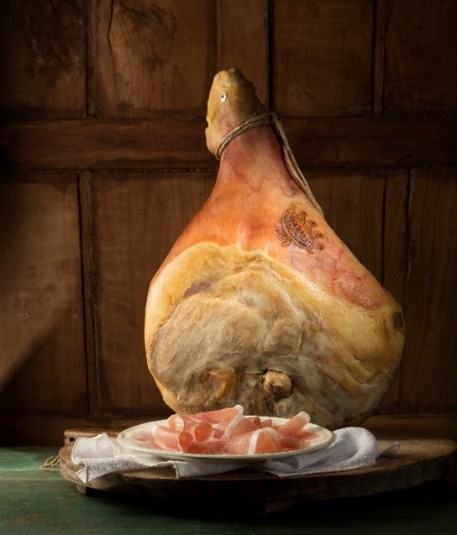
PHOTO CREDIT: Prosciutto di Parma
- Natural Production: Since Roman times, Prosciutto di Parma has always been 100% natural. Free from preservatives, additives and hormones, Prosciutto di Parma is made only from the hind legs of specially-bred Italian pigs and sea salt.
- Aging Process: Aged twice as long as many other prosciuttos, the curing process involves careful monitoring of humidity and temperature for at least 400 days, resulting in perfectly cured ham.
- Flavour Profile: Cured in Parma region’s unique climate, the hams are meticulously salted by skilled salt masters. This traditional curing process – from 14 to over 36 months – ensures a savoury-sweet profile and yields a range of flavours from mild and nutty to mature and full-flavoured.
- Authenticity: In 1996, Prosciutto di Parma became one of the first products to be awarded the PDO status. Look for the distinctive Parma Crown logo on whole legs and
- Preparation: When the product isn’t pre-packaged, it should be sliced paper-thin with a ½ inch band of fat around the edge. The fat should never be removed, as it boasts 50% of its distinct flavour.
Every Slice Tells a Story
The history and region of Prosciutto di Parma production are what set it apart from other prosciutti in the world. Since Roman times, this geographically protected food has been world-renowned for its uniquely sweet flavour and buttery texture. In Parma, making prosciutto is part of an age-old tradition passed on from generation to generation and many of the methods used thousands of years ago have remained the same. By law, Prosciutto di Parma can only be cured in the Parma region.
The PDO Advantage
Grana Padano PDO cheese and Prosciutto di Parma PDO are cultural cornerstones that reflect centuries of European heritage, artisanal expertise and regional pride. When deli staff and retailers explain their unique stories and flavour profiles, this doesn’t just enhance the customer experience, it creates an emotional and sensory connection that drives purchasing behaviour. By championing products of such integrity, staff not only boost sales, but also reinforce the value of choosing authentic, high-quality European offerings over generic alternatives. This approach cultivates brand trust, repeat patronage and a deeper consumer appreciation for premium gastronomy.
If you’d like to learn more about the PDO system, the products it covers, and find delicious recipes head to www.distinctlydeliciouslyeuropean.eu
Funded by the European Union. Views and opinions expressed are, however, those of the author(s) only and do not necessarily reflect those of the European Union or of the granting authority. Neither the European Union nor the granting authority can be held responsible for them.



